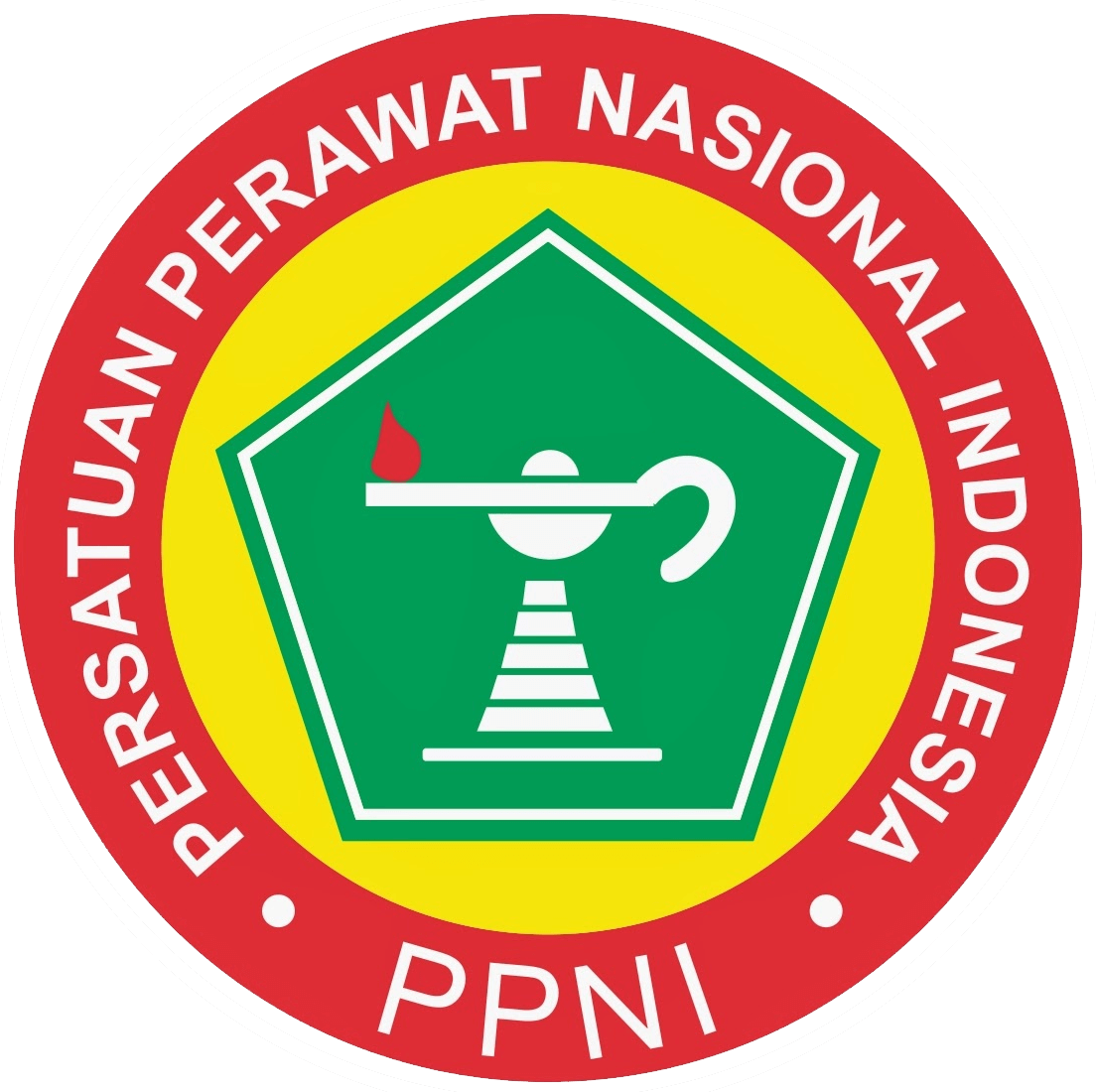TEENAGER CADERIZATION TO RESPOND TO CARDIAC ARREST USING SMARTPHONE APPLICATION "BE ABYSTANDER"
Abstract
Keywords
Full Text:
PDFReferences
Berdowski, J., Berg, R. A., Tijssen, J. G., & Koster, R. W. (2010). Global incidences of out-of-hospital cardiac arrest and survival rates: Systematic review of 67 prospective studies. Resuscitation, 81(11), 1479–1487.
doi:10.1016/j.resuscitation.2010.08.006.
Bohn, A., Lukas, R. P., Breckwoldt, J., Bottiger, B. W., & Aken, H. V. (2015). ‘Kids save lives’: why schoolchildren should train in cardiopulmonary resuscitation. Curr Opin Crit Care, 21, 220-225. doi:10.1097/MCC.0000000000000204.
Chiang, W.-C., Ko, P. C., Chang, A. M., Chen, W.-T., Liu, S. S., Huang, Y.-S., . . . Ma, M. (2014). Bystander-initiated CPR in an Asian metropolitan: does the socioeconomic status matter? Resuscitation, 85(1), 53-58. doi:10.1016/j.resuscitation.2013.07.033.
Choi, H. S., Lee, D. H., Kim, C. W., Kim, S. E., & Oh, J. H. (2015). Peer-assisted learning to train high-school students to perform basic life-support. World J Emerg Med, 6(3), 186-190. doi:10.5847/wjem.j.1920-8642.2015.03.004
Delazer, M., Domahs, F., Bartha, L., Brenneis, C., Lochy, A., Trieb, T., & Benke, T. (2003). Learning complex arithmetic—an fMRI study. Cognitive Brain Research, 18(1), 76-88. doi:10.1016/j.cogbrainres.2003.09.005
Granito, M., & Chernobilsky, E. (2012). The Effect of Technology on a Student's Motivation and Knowledge Retention. NERA Conference Proceedings (pp. 1-22). Storrs, Connecticut: University of Connecticut.
Hamasu, S., Morimoto, T., Kuramoto, N., Hiroguchi, M., Iwami, T., Nishiyama, C., . . . Hiraide, A. (2009). Effects of BLS training on factors associated with attitude toward CPR in college students. Resuscitation, 80(3), 359-364. doi:10.1016/j.resuscitation.2008.11.023
Hasselqvist-Ax, I., Riva, G., Herlitz, J., Rosenqvist, M., Hollenberg, J., Nordberg, P., . . . Svensson, L. (2015). Early Cardiopulmonary Resuscitation in Out-of-Hospital Cardiac Arrest. N Engl J Med, 372, 2307-2315. doi:10.1056/NEJMoa1405796
Jentzer, J. C., & Callaway, C. W. (2018). Cardiopulmonary Resuscitation and Critical Care After Cardiac Arrest. In D. L. Brown, Cardiac Intensive Care (p. 558). Netherlands: Elsevier.
Pareek, N., Kordis, P., Webb, I., Noc, M., MacCarthy, P., & Byrne, J. (2019). Contemporary Management of Out-of-hospital Cardiac Arrest in the Cardiac Catheterisation Laboratory: Current Status and Future Directions. Interventional Cardiology Review, 14(3), 113-123. doi:10.15420/icr.2019.3.2
Rajan, S., Wissenberg, M., Folke, F., Hansen, S. M., Gerds, T. A., Kragholm, K., . . . Torp-Pedersen, C. (2016). Association of Bystander Cardiopulmonary Resuscitation and Survival According to Ambulance Response Times After Out-of-Hospital Cardiac Arrest. Circulation, 134, 2095–2104. doi:10.1161/CIRCULATIONAHA.116.024400
Small, G., & Vorgan, G. (2009). IBrain: Surviving the Technological Alteration of the Modern Mind. United Kingdom: HarperCollins e-books.
Sutton, R. M., Niles, D., Meaney, P. A., Aplenc, R., French, B., Abella, B. S., . . . Nadkarni, V. (2011). Low-Dose, High-Frequency CPR Training Improves Skill Retention of In-Hospital Pediatric Providers. Pediatrics, 128(1), 145–e151. doi:10.1542/peds.2010-2105
Tandaju, J. R., & Tayuwijaya, K. (2020). Modifiable Survival Factors of Out-of-Hospital Cardiac Arrest among Global Population: Systematic Review and Meta-Analysis. Indonesian Journal of Cardiology, 41, 177-198. doi:10.30701/ijc.1014
Tivener, K. A., & Gloe, D. S. (2015). The Effect of High-Fidelity Cardiopulmonary Resuscitation (CPR) Simulation on Athletic Training Student Knowledge, Confidence, Emotions, and Experiences. Athletic Training Education Journal, 10(2), 103-112.
Wang, J., Ma, L., & Lu, Y.-Q. (2015). Strategy analysis of cardiopulmonary resuscitation training in the community. J Thorac Dis, 7(7), 160-165. doi:10.3978/j.issn.2072-1439.2015.06.09
Yunanto, R. A., Wihastuti, T. A., & Rachmawati, S. D. (2017). Perbandingan Pelatihan RJP dengan Mobile Application dan Simulasi terhadap Pengetahuan dan Keterampilan Melakukan RJP. NurseLine Journal, 2(2), 183-193.
DOI: https://doi.org/10.21776/ub.caringjpm.2021.001.02.5
Refbacks
- There are currently no refbacks.
Copyright (c) 2021 Caring : Jurnal Pengabdian Masyarakat

This work is licensed under a Creative Commons Attribution 4.0 International License.
 Media Online
Media Online Media Cetak
Media Cetak











